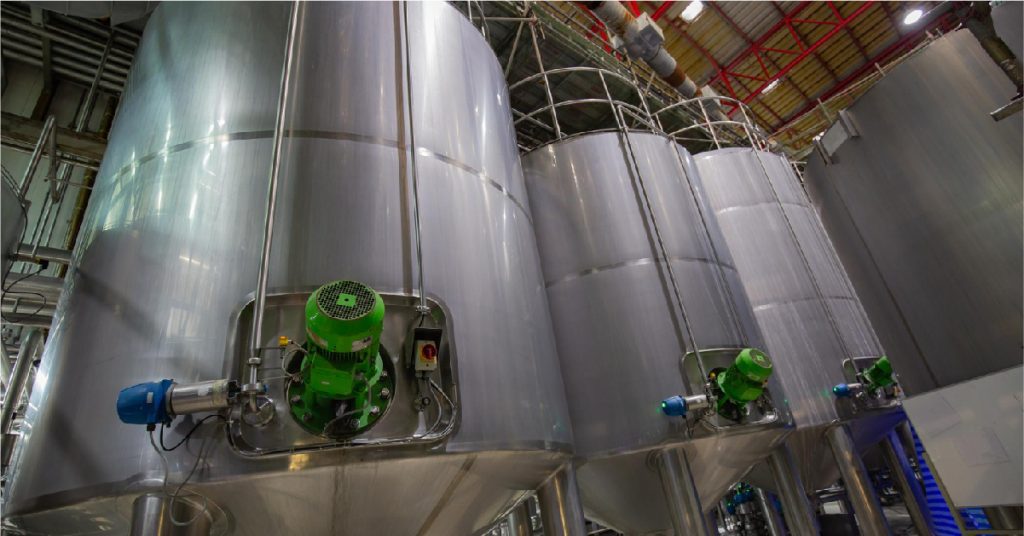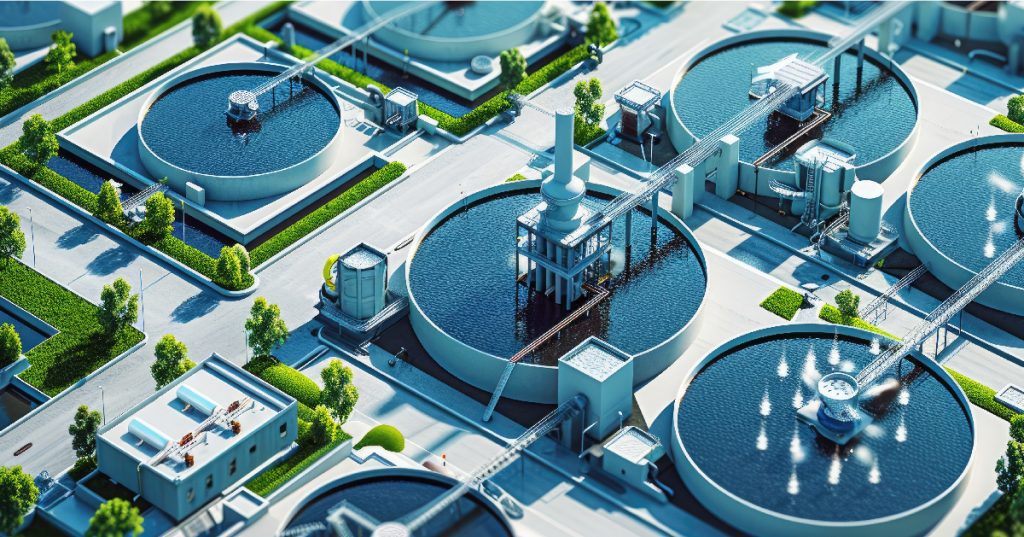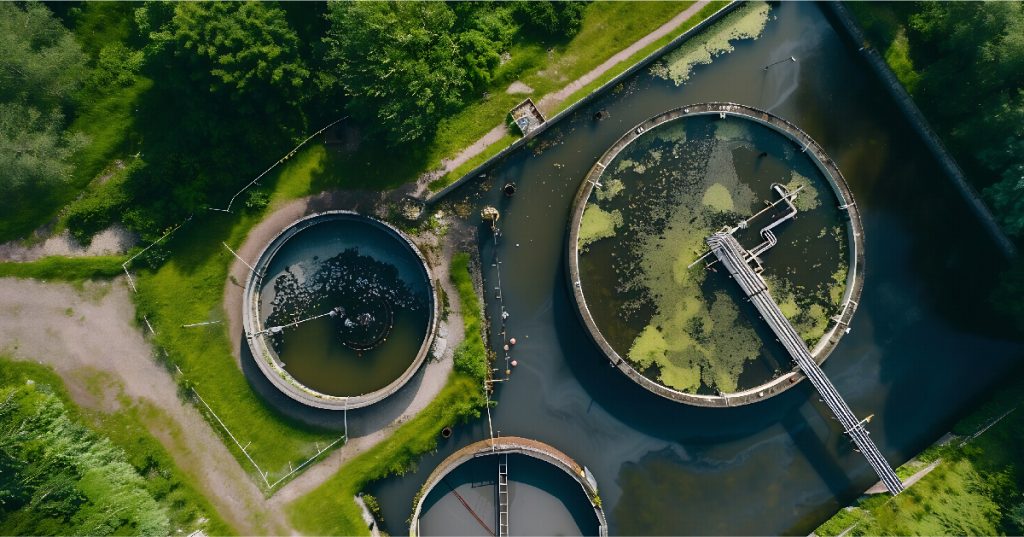With growing urbanization, industrial development, and population expansion, India is witnessing a significant increase in wastewater generation. While wastewater treatment is essential to protect water bodies and public health, an often-overlooked by-product of this process is sewage sludge. Improper disposal or mismanagement of sludge can cause severe environmental and health hazards. That’s why the role of a sewage sludge treatment plant has become increasingly crucial in India’s sustainable development efforts.
This blog explores the importance of sludge management, its environmental impact, and how technologies like the activated sludge treatment plant are driving sustainable solutions.
What is Sewage Sludge?
Sewage sludge is the semi-solid by-product left behind after wastewater is treated in a treatment facility. It consists of organic matter, pathogens, heavy metals, nutrients, and chemicals. If not handled properly, sludge can contaminate soil, groundwater, and nearby ecosystems.
Therefore, dedicated sludge treatment plants are required to manage this waste responsibly and convert it into a safe, reusable, or disposable form.
The Role of a Sewage Sludge Treatment Plant
A sewage sludge treatment plant is designed to reduce the volume, toxicity, and environmental impact of sludge before its final disposal or reuse. These plants use various physical, chemical, and biological processes to stabilize sludge, remove harmful pathogens, and reduce odor and moisture content.
In India, several municipalities and industries are now investing in advanced sludge treatment facilities to meet regulatory standards and environmental goals. From small-town wastewater systems to large metropolitan plants, sludge management is becoming a critical part of the overall sanitation infrastructure.
Activated Sludge Treatment Plant: A Key Solution
Among the various technologies used for sludge treatment, the activated sludge treatment plant is one of the most effective and widely implemented. It uses a biological process in which microorganisms break down organic matter in wastewater. As a result, activated sludge—a thick floc of microbial mass—is formed, which settles out and is separated from treated water.
This process not only purifies the water but also concentrates waste into a manageable sludge form. The excess sludge is then further processed in a sludge treatment plant for dewatering, digestion, or composting.
Environmental Benefits of Sludge Treatment
- Reduces Water and Soil Pollution
Proper sludge disposal from water treatment plants prevents the leaching of heavy metals, pathogens, and organic contaminants into water bodies and agricultural land. - Promotes Resource Recovery
Treated sludge can be converted into biogas for energy generation, compost for agriculture, or even construction material after thermal treatment. This supports a circular economy approach. - Mitigates Greenhouse Gas Emissions
Unmanaged sludge emits methane and other greenhouse gases. Treatment processes like anaerobic digestion capture these gases and use them for energy, reducing environmental impact. - Improves Public Health
Eliminating pathogens and toxic substances in sludge protects nearby communities from disease and contamination. - Supports Regulatory Compliance
As environmental regulations in India become stricter, efficient sludge management ensures compliance with norms set by the Central Pollution Control Board (CPCB) and local authorities.
Advanced Wastewater and Sludge Treatment Solutions by Ion Exchange
INDION SBR (Sequencing Batch Reactor)
The INDION SBR (Sequencing Batch Reactor) is a modern, compact, and automated wastewater treatment system designed to efficiently and cost-effectively remove BOD, COD, and nutrients in compliance with CPCB discharge standards. Operating in batch mode, it integrates anoxic, aerobic, and settling processes within a single tank, making it highly space-efficient. Ion Exchange offers both single-tank SBR systems for smaller capacities and two-tank configurations for higher capacity requirements, ensuring flexibility across a range of applications.
INDION Faecal Sludge Treatment Plant (FSTP)
The INDION Faecal Sludge Treatment Plant (FSTP) is designed to effectively treat sludge accumulated in septic tanks. Its comprehensive pre-treatment process involves grit removal, equalization, homogenization, dewatering, and odor control to eliminate floating matter and enhance sludge quality. Following grit removal, the sludge undergoes further treatment using downstream dewatering units. The resulting filtrate is processed through a dedicated liquid treatment system to ensure compliance with discharge norms. This treated filtrate is then subjected to additional purification through an equalization tank, an aeration tank, and a clarifier, ensuring efficient and environmentally safe sludge management.
The Way Forward
To strengthen environmental protection and public health in India, a multi-pronged approach is needed:
- Government Support and Funding: State and central government initiatives like AMRUT and the Jal Jeevan Mission should include specific funding and guidelines for sludge management.
- Public-Private Partnerships: Collaborations between municipal bodies and private technology providers can accelerate the adoption of modern activated sludge treatment plants.
- Awareness Campaigns: Educating local officials and communities about the importance of sludge disposal from water treatment plants can create demand for better systems.
- Research and Innovation: Investment in R&D will help develop cost-effective, energy-efficient sludge treatment solutions tailored to Indian conditions.
Conclusion
Sewage sludge, if not managed correctly, can turn from a harmless by-product into an environmental hazard. On the other hand, when treated effectively through dedicated systems like sewage sludge treatment plants and activated sludge treatment plants, it becomes a resource for energy, agriculture, and sustainability. As India continues to advance toward smarter cities and cleaner environments, addressing sludge management is not just a necessity—it’s an opportunity.





